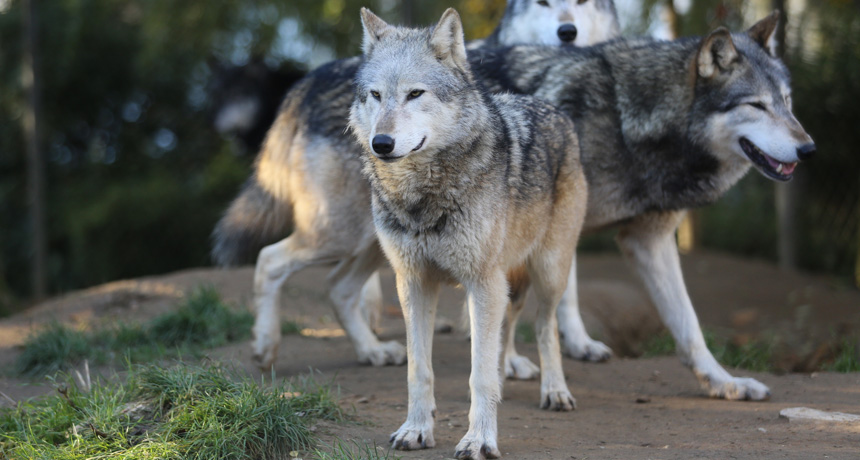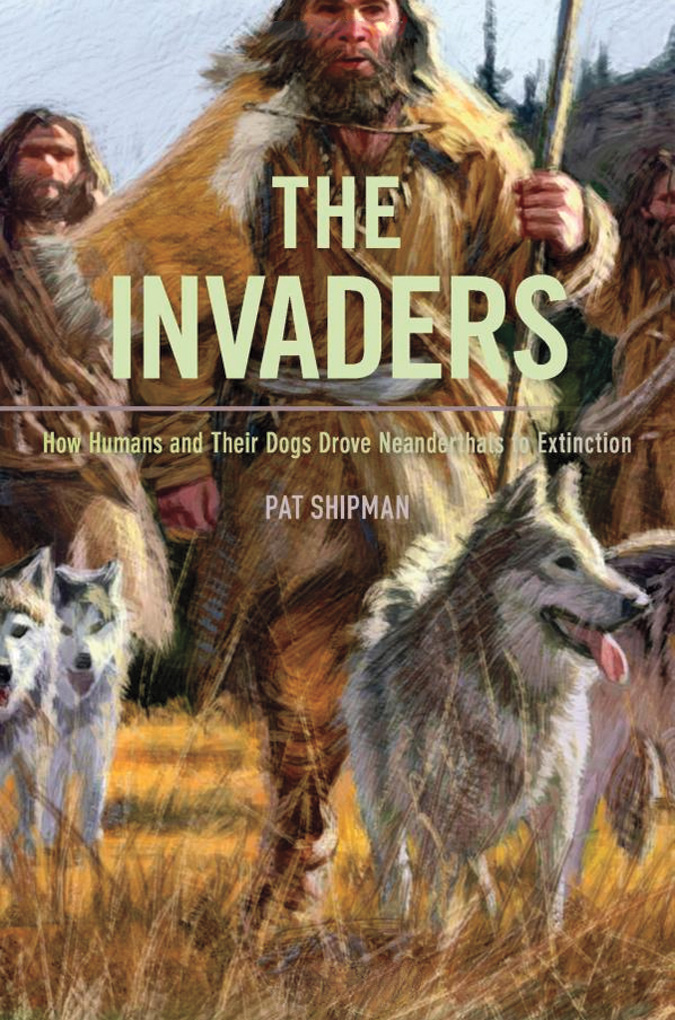‘The Invaders’ sees dogs as key to modern humans’ success
Neandertals lost when Homo sapiens transformed wolves into hunting aids, author proposes

ON THE HUNT In a new book, anthropologist Pat Shipman argues that ancient humans hastened the demise of Neandertals when they domesticated wolves and used dogs in big game hunts.
Ronnie Macdonald/Flickr (CC BY 2.0)








